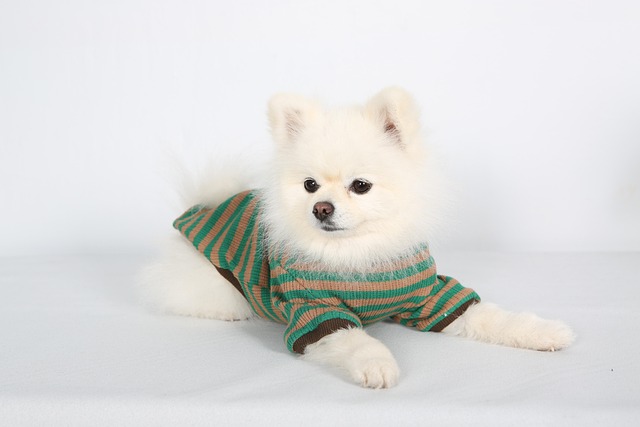
What vitamin is good for dogs' skin
Seeing your dog constantly scratch or noticing dry, flaky skin can make you wonder if a simple vitamin might be the solution.
That magical moment when your wobbly Golden Retriever pup first dunks its nose into mom’s food bowl – usually around 3 weeks old – marks the start of their culinary adventure. But transitioning from milk to solids isn’t just about age; it’s about respecting tiny tummies and local pet care norms. Let’s navigate this milestone together.
Biologically, puppies develop enzymes for solids as baby teeth emerge (around week 3). Begin by soaking high-quality puppy kibble in warm formula until it’s soft as oatmeal. Use shallow silicone dishes during mom’s nursing breaks – expect comical face-planting and paw splashes! By week 5, most pups manage four semi-solid meals daily. Crucially, let them explore textures voluntarily. Research confirms positive food experiences now prevent resource guarding later.
Transition gradually like a pro. Start weeks 3-4 with gruel served on easy-clean surfaces (bathroom tiles beat carpets!). Reduce liquid slowly; by week 6, kibble should be damp but intact. Introduce hand-fed boiled chicken slivers to build trust – perfect for bonding during Netflix nights. Come week 7, shift to dry kibble in puzzle toys like Kong Wobblers, especially for speedy eaters like Dachshunds.
Here’s where compliance kicks in. Schedule that first DHPP shot by 6-8 weeks – it’s illegal to take unvaccinated pups to parks in most U.S. states. During potty training, always carry biodegradable waste bags; forget just once in Portland and you’ll face $250 fines. And never scold accidents with nose-rubbing – not only is it scientifically disproven, but Germany actually bans food withholding as punishment.

Apartment dwellers, take note. Confine messy eaters to vinyl-floored areas and feed after work hours to minimize "hangry barking" complaints from neighbors. For pups midway through vaccinations, skip grassy communal spots; set up a balcony turf patch instead. When walking your 10-week-old, use a 4-foot leash – yes, even tiny Chihuahuas fall under leash laws in cities like Boston.
Watch for red flags. If your pup ignores food past week 5, consult your vet. Persistent diarrhea? Transition foods slower. Siblings scuffling over bowls? Feed them in separate playpens. By week 8, they’ll crunch kibble like pros – reward them with vet-approved treats!
Remember, you’re not just filling bellies. You’re shaping a confident eater who respects your leadership through patience, not punishment.

Seeing your dog constantly scratch or noticing dry, flaky skin can make you wonder if a simple vitamin might be the solution.

If you’re a new dog parent in the US—maybe you’re sitting on your Portland apartment couch, staring at your 1-year-old Australian Shepherd

If you’re a new dog parent in the US—maybe you’re sitting on your Atlanta apartment floor, holding your 6-week-old Beagle puppy, Daisy, who’s curled up in your lap

If you’re a new dog parent in the US—maybe you’re standing in your Denver apartment’s kitchen, staring at a bag of high-quality puppy kibble and a bottle

Seeing your puppy grow daily is amazing, and it’s natural to want to give them every advantage, including supplements.

Brown stains on white dog fur aren’t just unsightly—they can also hint at underlying issues like tear duct irritation or poor grooming habits, which matter even more when you’re following local pet care laws.